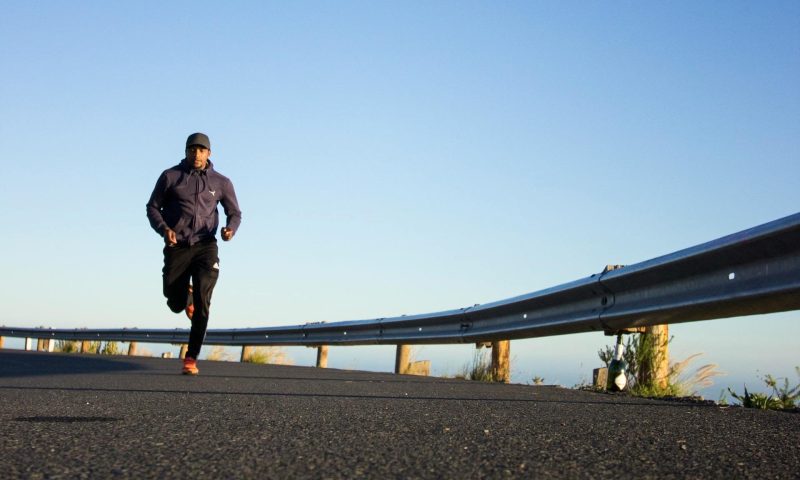While many people say running is hard on your joints, others state the opposite. Here at The Manual, we’ve covered many of the proven benefits of running, from improving mood to lowering the risk of heart disease and helping to stabilize blood sugar. We’ve also looked at previous research on running and joint health that concludes regularly running strengthens joints and protects against osteoarthritis later in life.

It’s a common misconception that running is inherently bad for your hips, knees, and bone health. Researchers continue to prove otherwise, with growing research showing that this natural form of movement can be protective against knee arthritis, among other benefits. The advantages of frequent running are abundant. Recently, researchers explored whether running heightens the risk of arthritis. Let’s delve into the new study.
The study

A cohort study presented at the American Academy of Orthopedic Surgeons’ annual meeting involved an electronic survey of 3,804 participants who had registered for the 2019 and 2021 Chicago marathons. The runners had an average age of 43.9, and they had all run five or fewer marathons on average. Overall, participants had been running for an average of 14.7 years.
The survey had 30 questions designed to assess a multitude of factors, including:
- Running history, such as the average weekly mileage for the last year and the number of years running.
- Hip and knee health, such as a family history of hip or knee arthritis or knee or hip pain that happened over the last year and stopped participants from running.
- Demographics and individual information, such as the participant’s weight, height, occupation, and age.

The researchers looked at the prevalence of arthritis after repeatedly hearing the notion that people should stop running to prevent wearing out the cartilage in their joints. Does running really increase the risk of hip and knee arthritis? What is the true impact of long-distance running on bone health?
What did the doctor say?

Surprisingly, when participants were asked if a doctor or healthcare provider had ever suggested they stop running or reduce their running frequency, one in four were told by their doctor to run less, and almost half had previously been told to stop running completely. Despite many being told not to zoom off into the distance, 94.2% of runners planned to conquer another marathon in the future.
The survey results

The results revealed the following:
- The occurrence of hip and/or knee arthritis was 7.3%.
- The risk factors for arthritis included advancing age, family history, body mass index, and prior hip or knee injuries and surgeries.
- There was no link between the risk for arthritis and cumulative running history.
- Weekly mileage, running pace, how many marathons participants had run previously, or how long they’d been running were not linked to higher rates of arthritis.
The researchers noted the growing body of knowledge and research showing that running and being active are healthy for your joints. It seems running isn’t the main culprit. This new study makes me want to go for a jog around the block.




